Scientific hot-air balloon overflies Kilimanjaro
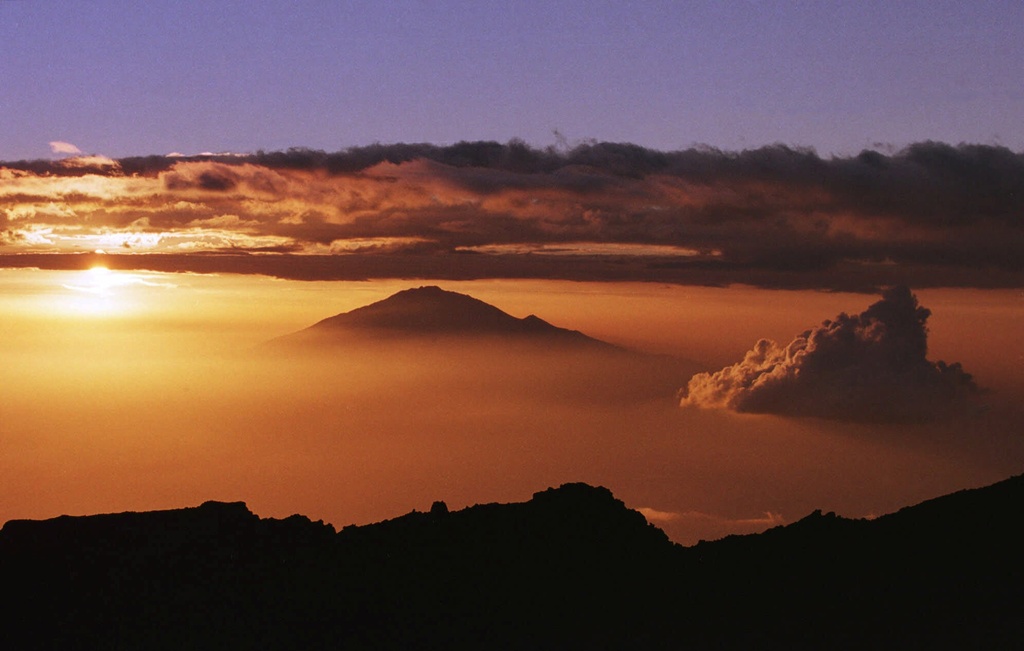
Scientists are preparing for an unusual expedition as they board a hot-air balloon which is to fly over Kilimanjaro.
The two-week project launched by the hot-air balloon company Balloon Team in Lugano, canton Ticino, consists in using an aerostat to fly over the Tanzanian volcano, where the scientists will study aerosols, small particles, and their effect on climate and health.
It is the first time that this type of research is being carried out using a hot-air balloon, according to a statement from Fribourg University, which is involved in the project.
The scientists are a team of mineralogists from that university in western Switzerland as well as Albert Ludwig University of Freiburg in Breisgau, Germany.
For Swiss pilot Ernesto Merz, it is important that such an expedition should have a scientific use, in this case, to find out more about the actual climate, which affects us all.
“As pilots, we are sensitive to the environment and a hot-air balloon is perfect for making measurements, because contrary to a plane, it does not pollute and is completely stable,” Merz, who is also vice president of the Swiss ballooning federation, told swissinfo.ch.
A mosaic of people will board the two hot-air balloons: two pilots, two scientists, a film-maker and a journalist, who will film a documentary on the expedition. A meteorologist is also involved and will be working with locals.
Scientific aims
The expedition is a interdisciplinary one as it combines a hot-air balloon challenge and a scientific experiment.
Mario Meier is writing his PhD thesis on volcanic aerosols and their impact on climate and health. The Icelandic crisis, which paralysed air traffic in half of the world recently, raised awareness about aerosols, the small particles produced by volcanoes. But the case of Kilimanjaro is different to that of Iceland, as it is only releasing gas and not volcanic dust.
The scientific aim of the expedition is to collect data on the volcanic smoke from the main crater; it will be the first time any data is sent from the volcano which is 5,800 meters high.
Taking pictures of the volcano with infrared cameras will allow the scientists to study the evolution of the ice cap which covers Kilimanjaro, volcanic activity and the condition of the volcano.
The data may give us more information about the current state of climatic change, as it is thought the volcanic aerosols have an impact on climate, or at least, on the local weather.
It should also reveal to what extent the tiny particles sent into the air by the volcano can affect the health of inhabitants living round the volcano, as these particles can penetrate the lungs and the blood system and cause breathing problems or cancer, Meier explained to swissinfo.ch.
One of the problems the scientists face is that they will be flying very high and the aerosol concentration will be rather low. Nevertheless, they expect to collect morphological and chemical data, which should help to understand the volcano’s future behaviour.
Challenge
Balloon Team is facing a totally different challenge as it takes the scientists on board their aerostat.
Whereas one might believe it is the high altitude of 7,000 metres that is challenging, Merz says that is no big deal, as he is used to flying over the Alps every year between 5,000m and 6,000m equipped with special clothing and oxygen.
The main challenge here are the climate and winds. Situated at only 300km below the Equator, there is almost no Coriolis force and at high altitude the pilots could struggle with the lack of wind.
But the team are taking a meteorologist with them who will be working with local experts and will be in contact with an American weather station on top of Kilimanjaro.
Merz hopes this interdisciplinary project will inspire other pilots and firms to unite forces with scientific expeditions studying climate change.
Emily Wright, swissinfo.ch
Kilimanjaro is a giant stratovolcano located in northern Tanzania. It is the tallest free-standing mountain in the world at 5,895m.
Its distinctive feature is the white cap at the summit of the mountain – glaciers which have been reduced almost by half as a result of regional warming linked to global climate change.
The Kilimanjaro National Park was declared a World Heritage Site by Unesco in 1987.
In August 2009, four members of the team went on a reconnaissance-week to Arusha in Tanzania to make contact with local authorities and acquire professional maps.
They researched possible take-off places in the East/Northeast of the mountain, and during an inspection-flight, explored landing possibilities in the South/Southwest of the mountain.
On site, they made contact with two local meteorologists with whom they exchanged local weather-data.

In compliance with the JTI standards
More: SWI swissinfo.ch certified by the Journalism Trust Initiative
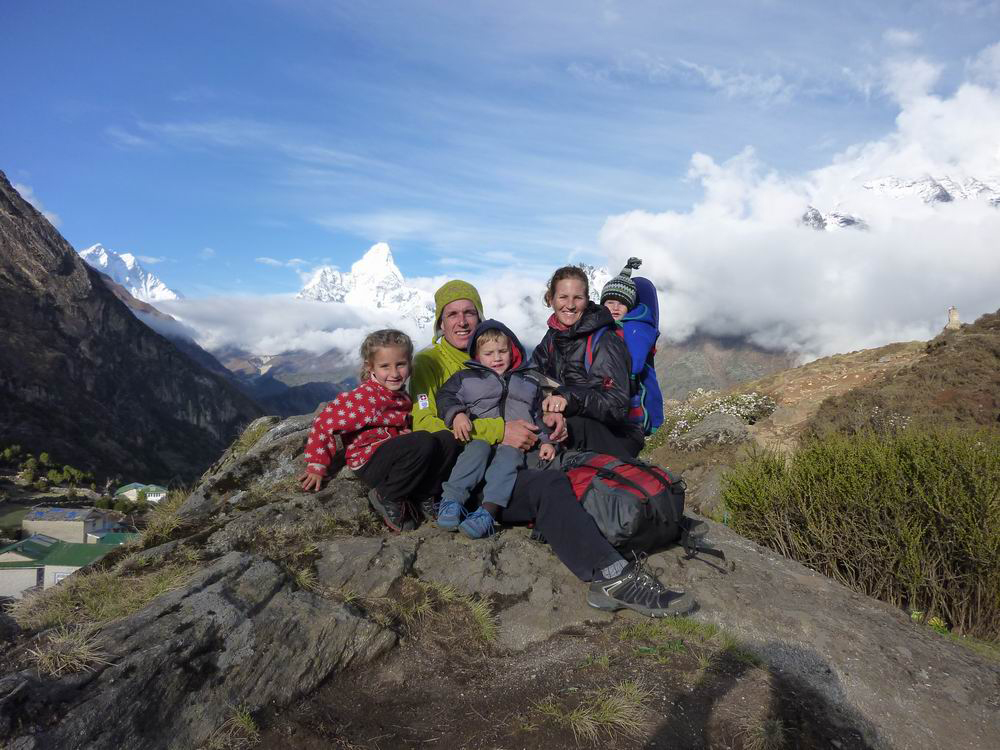

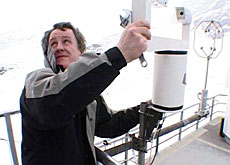
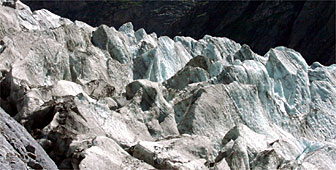
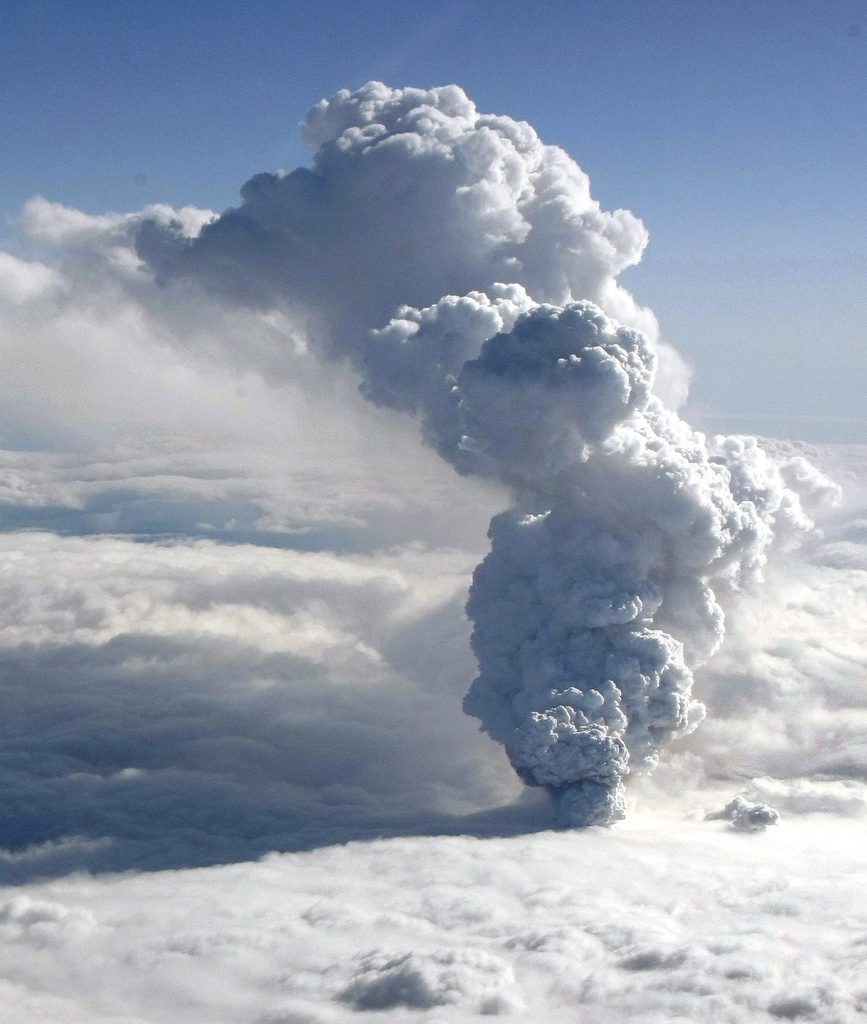
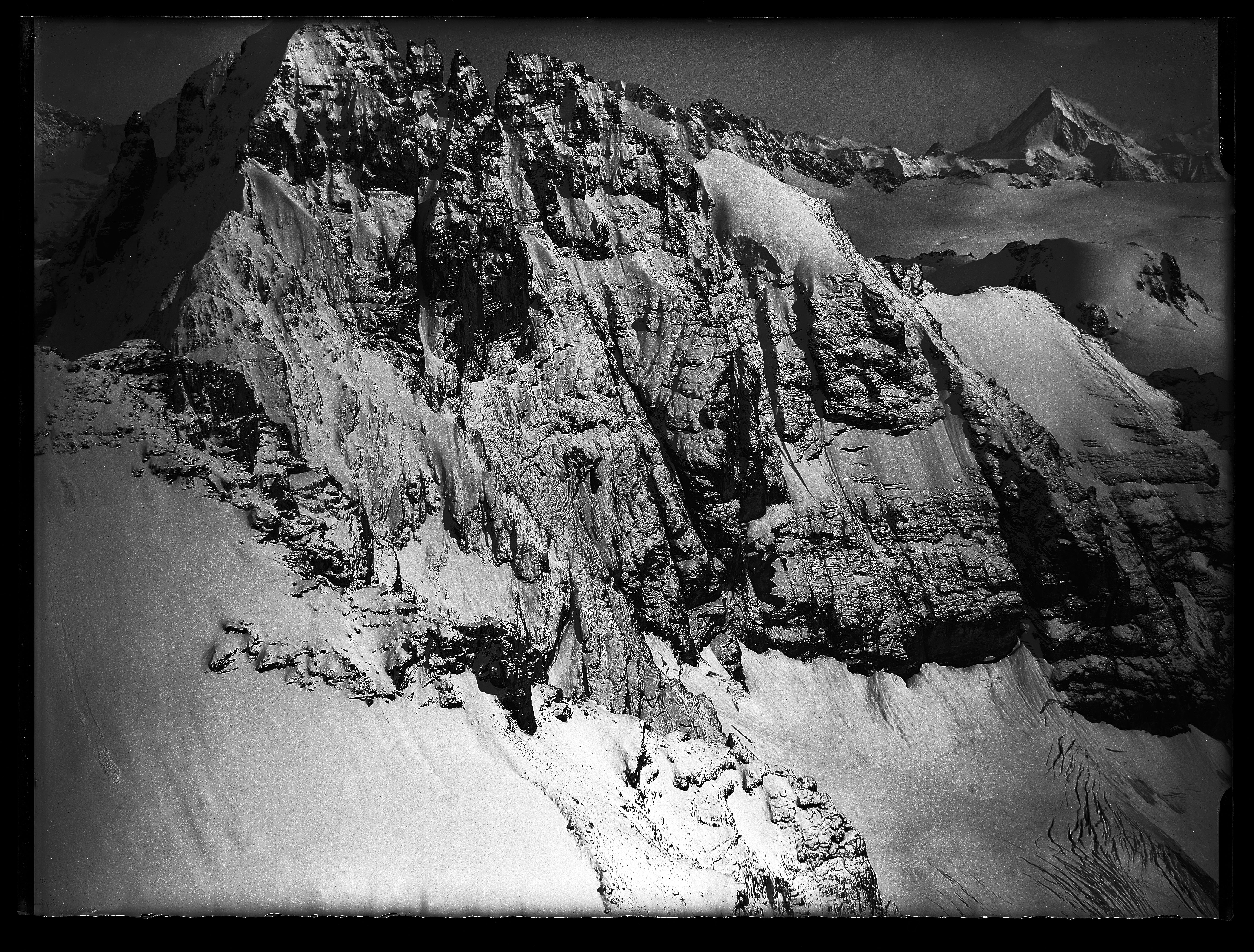
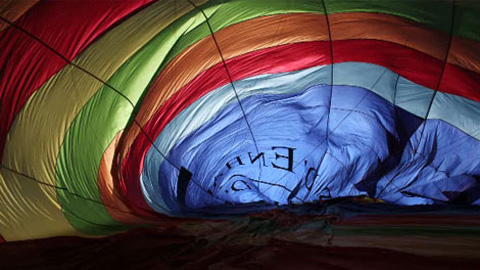
You can find an overview of ongoing debates with our journalists here. Please join us!
If you want to start a conversation about a topic raised in this article or want to report factual errors, email us at english@swissinfo.ch.